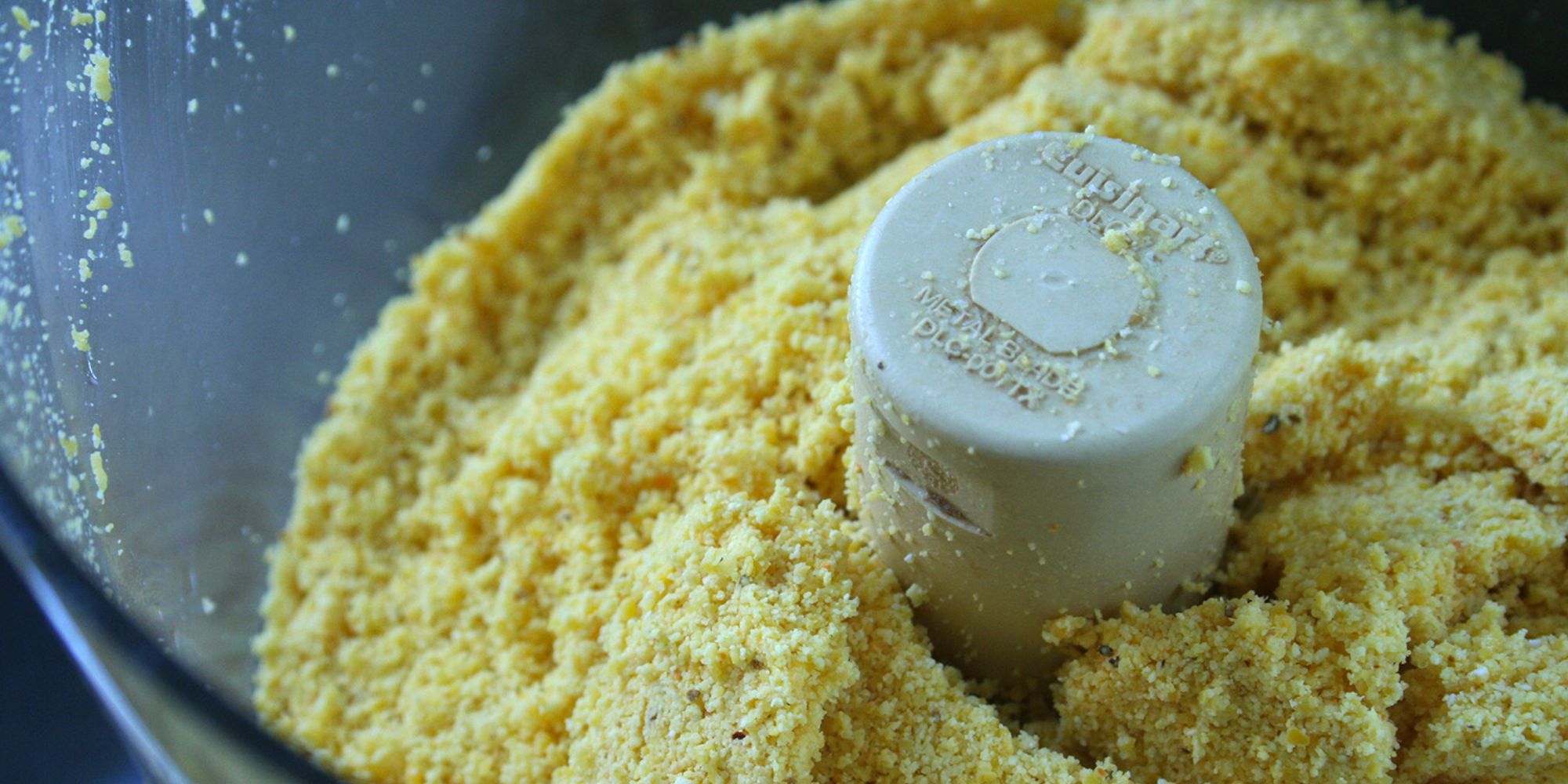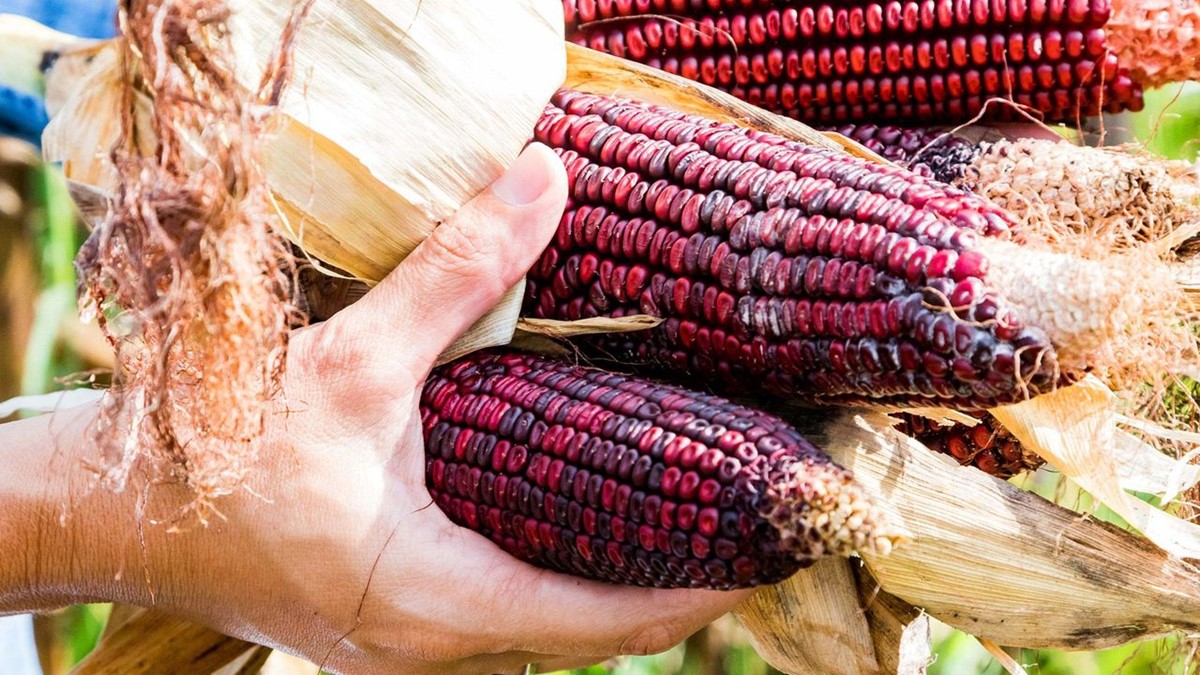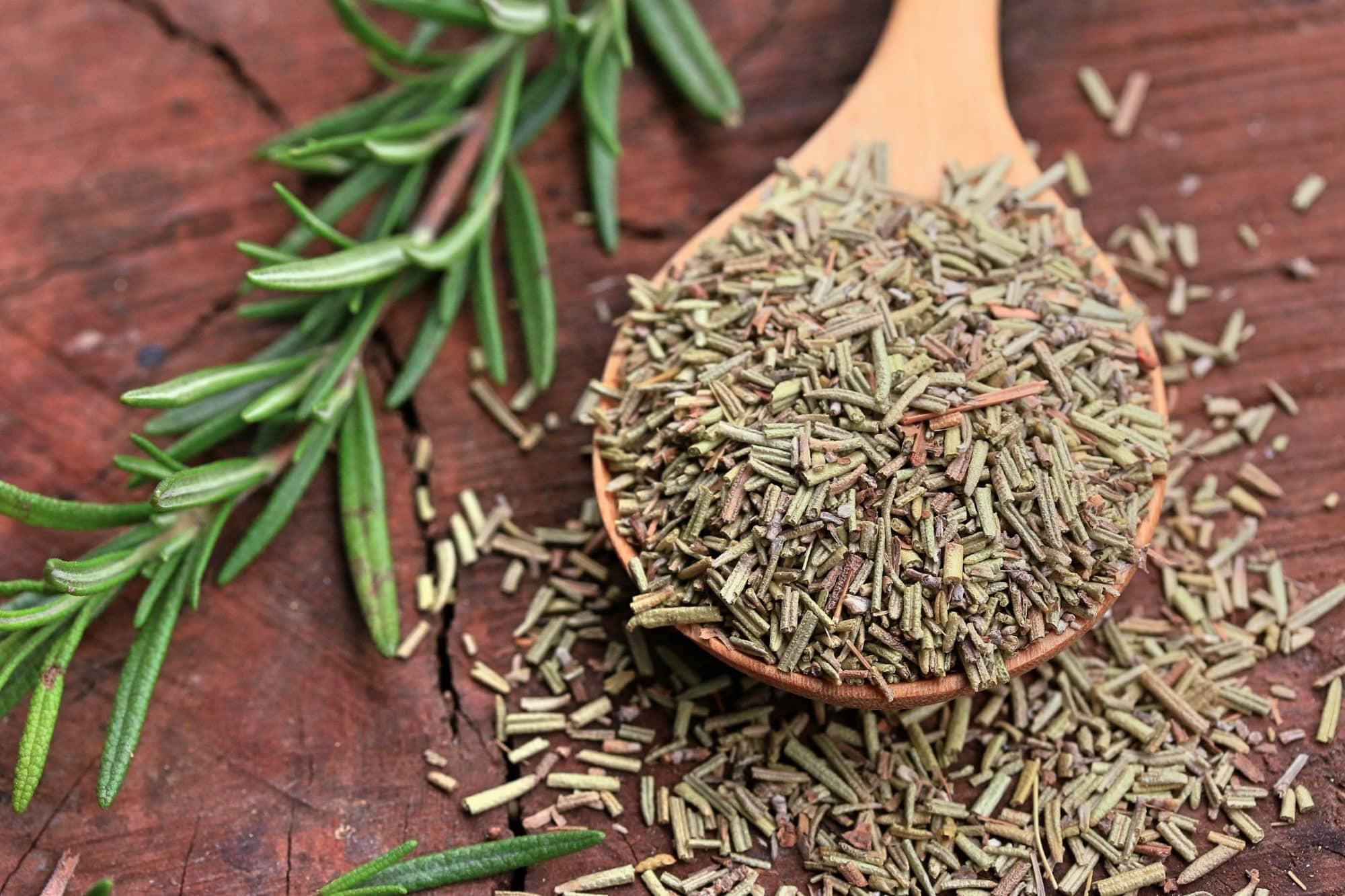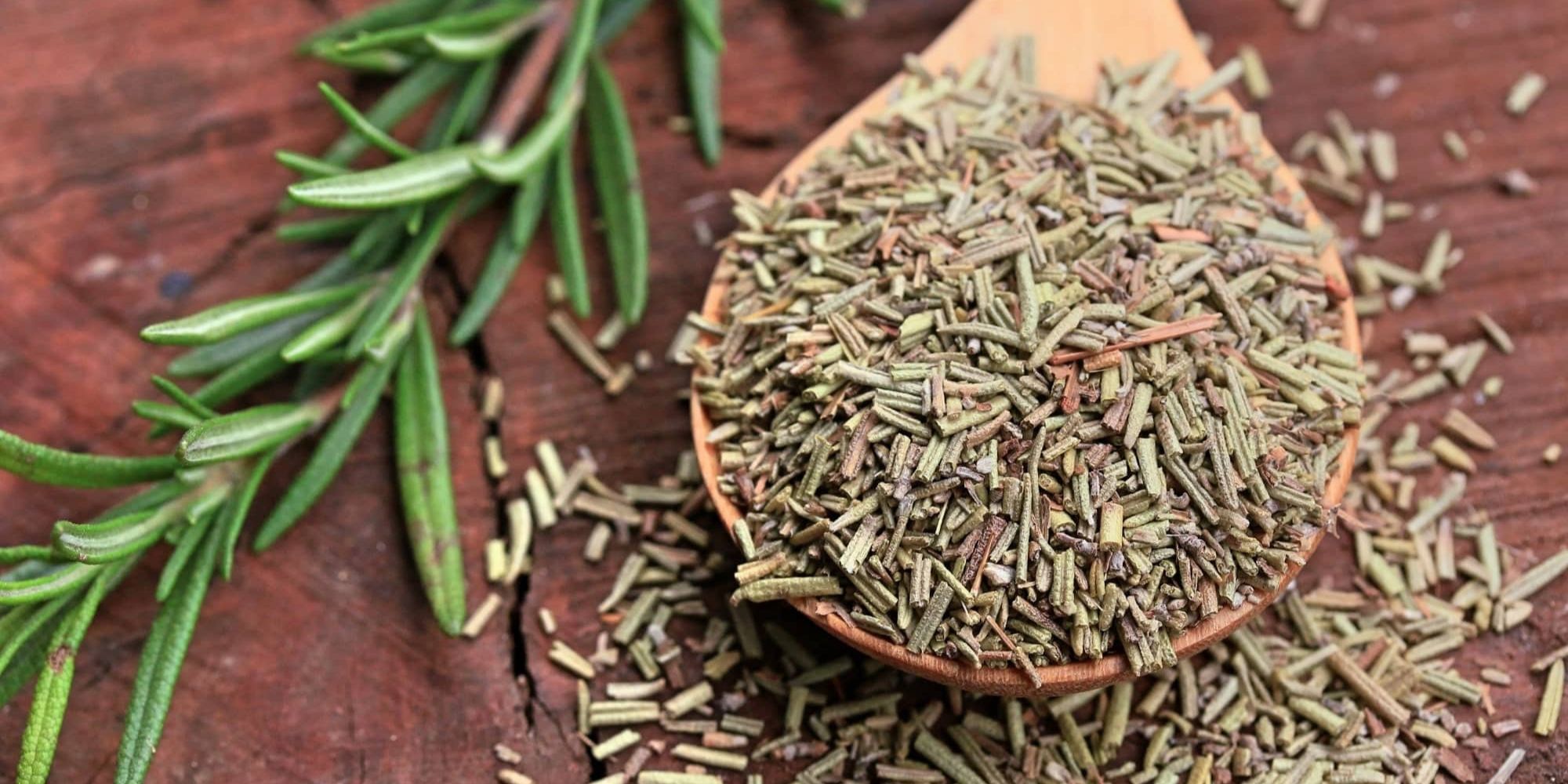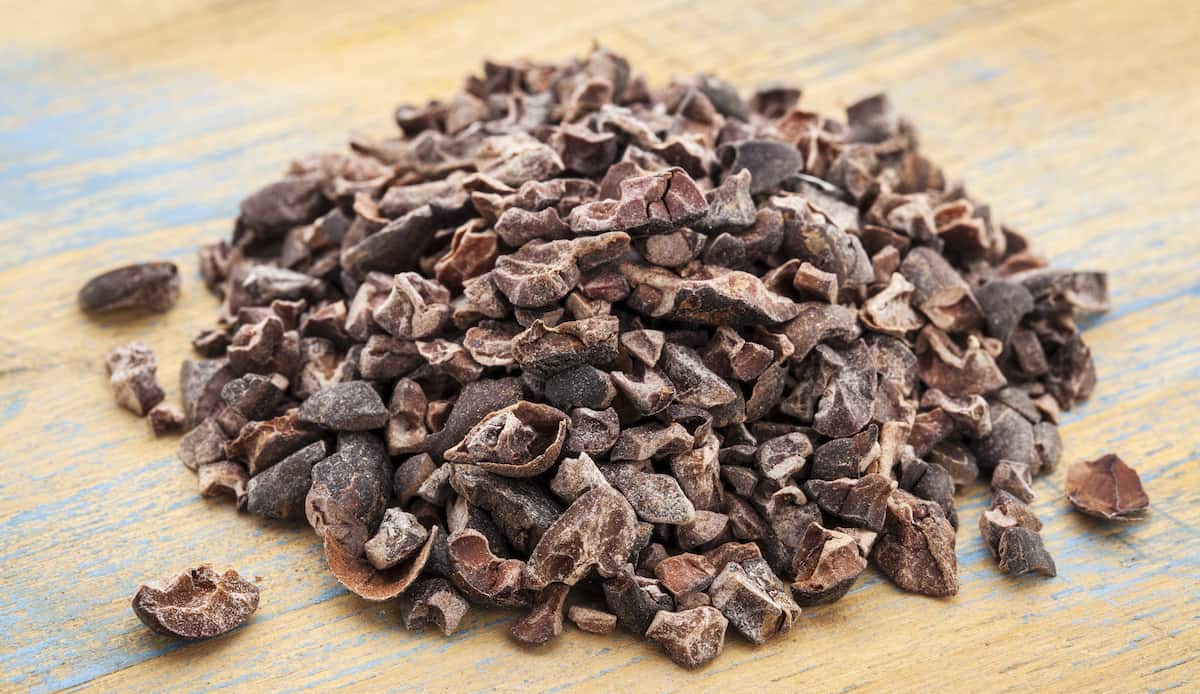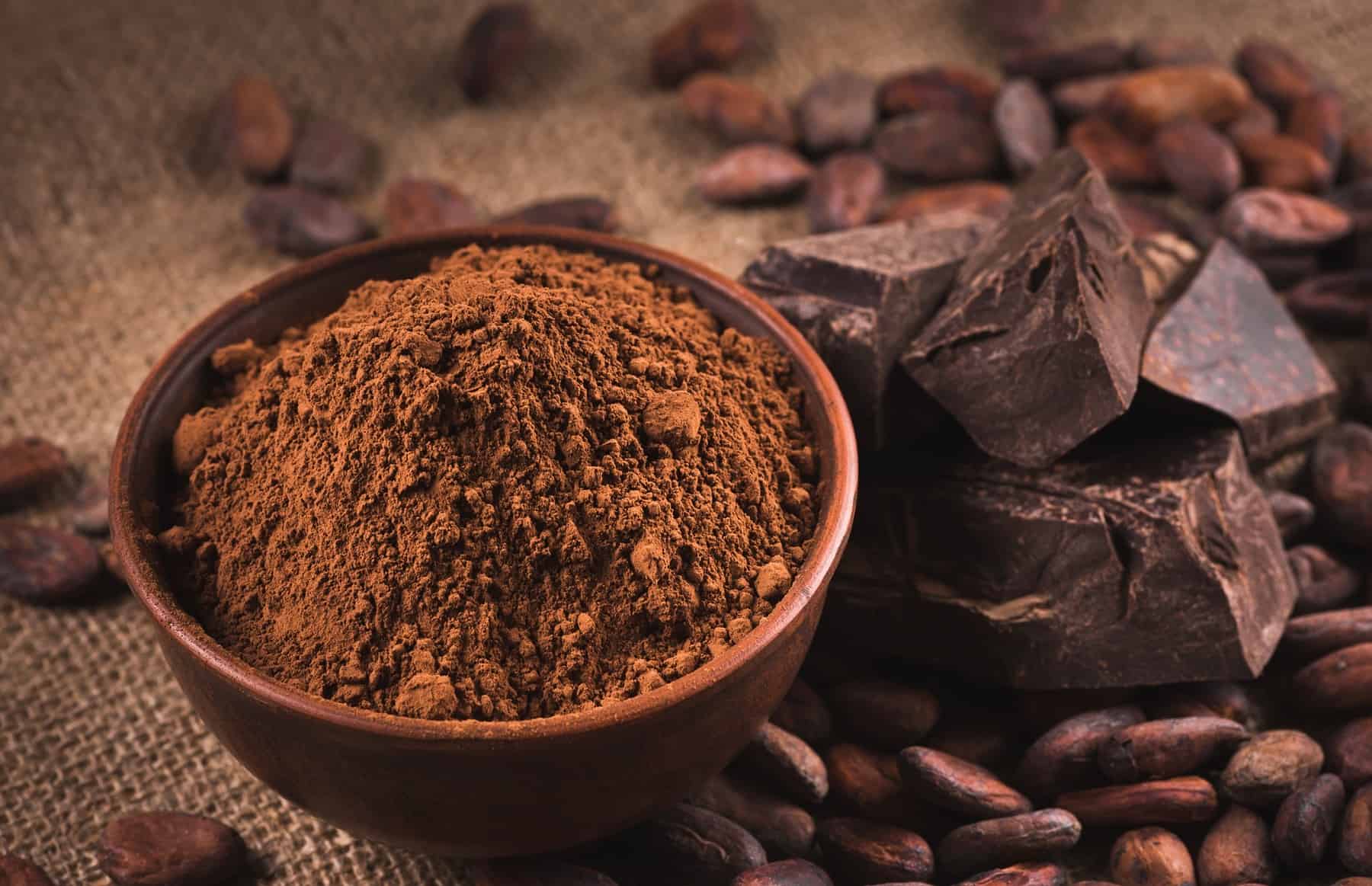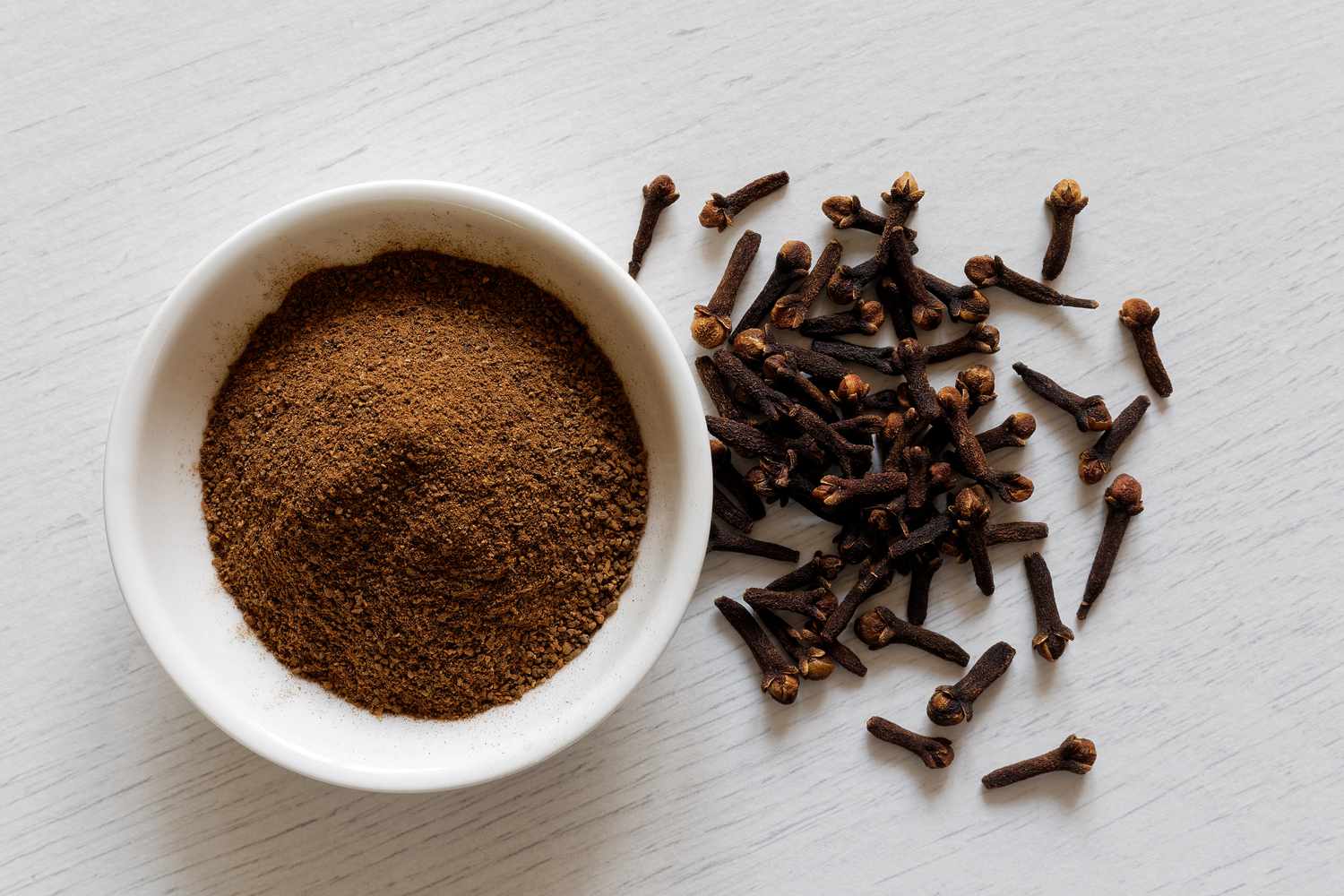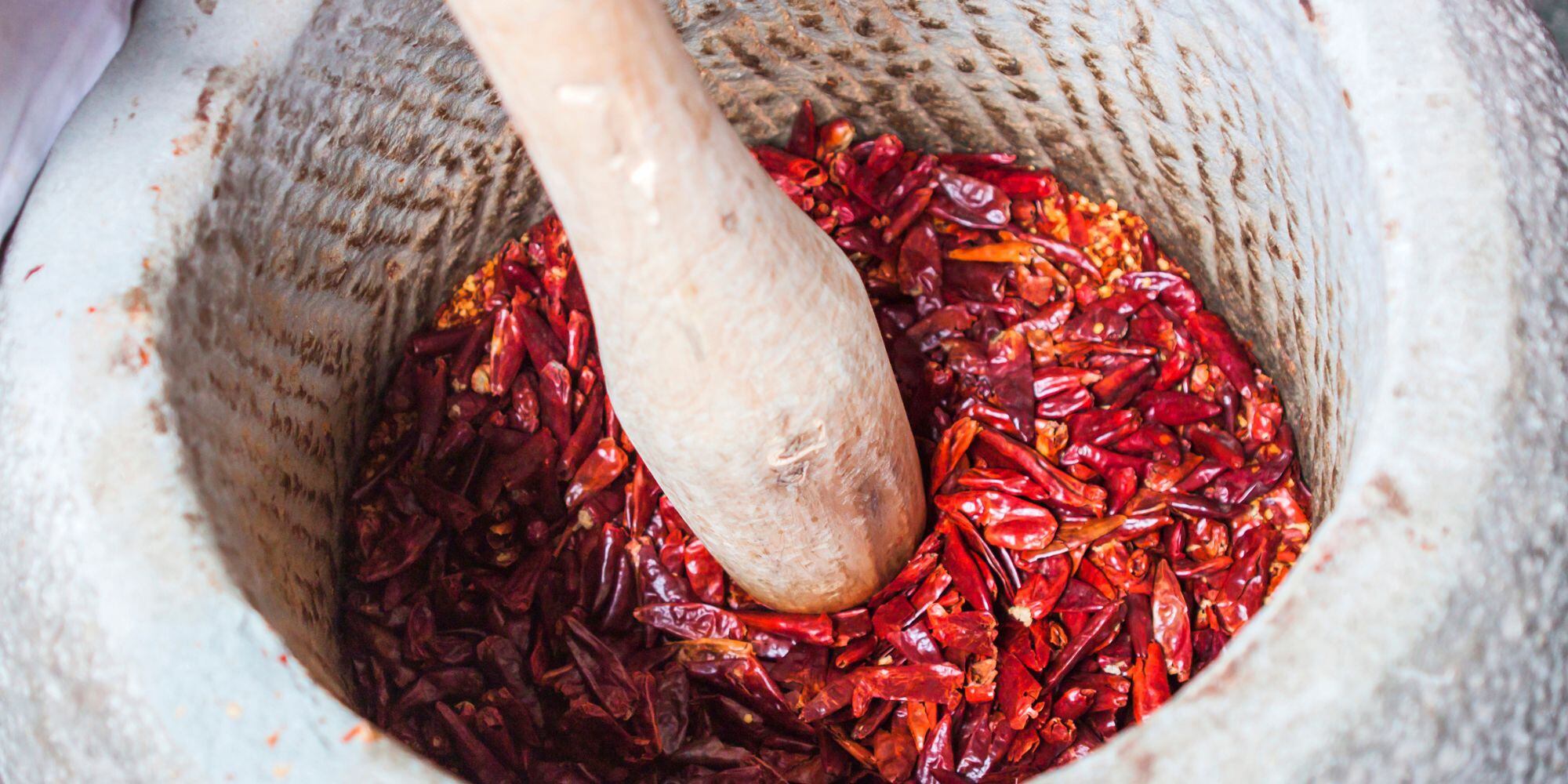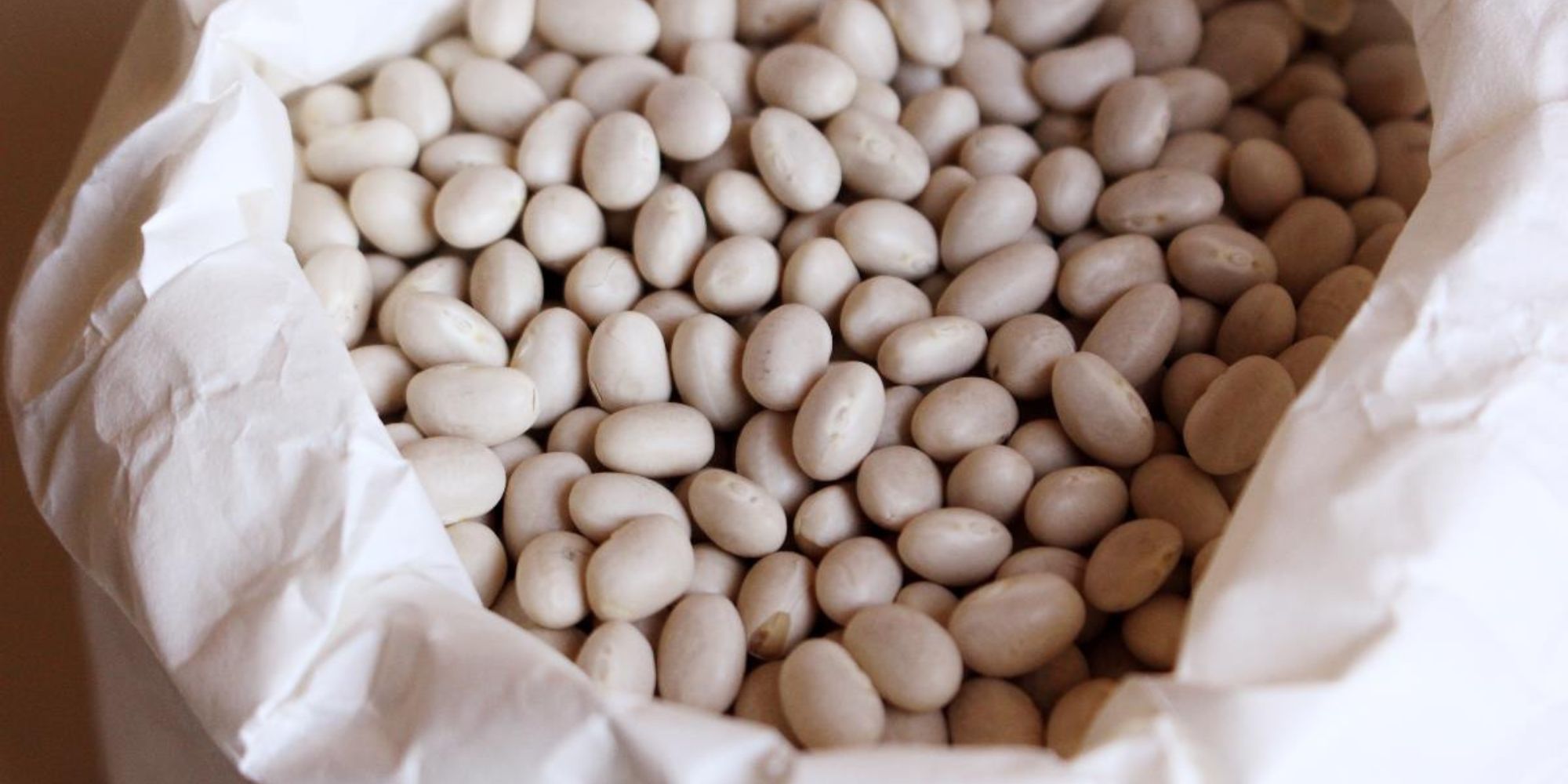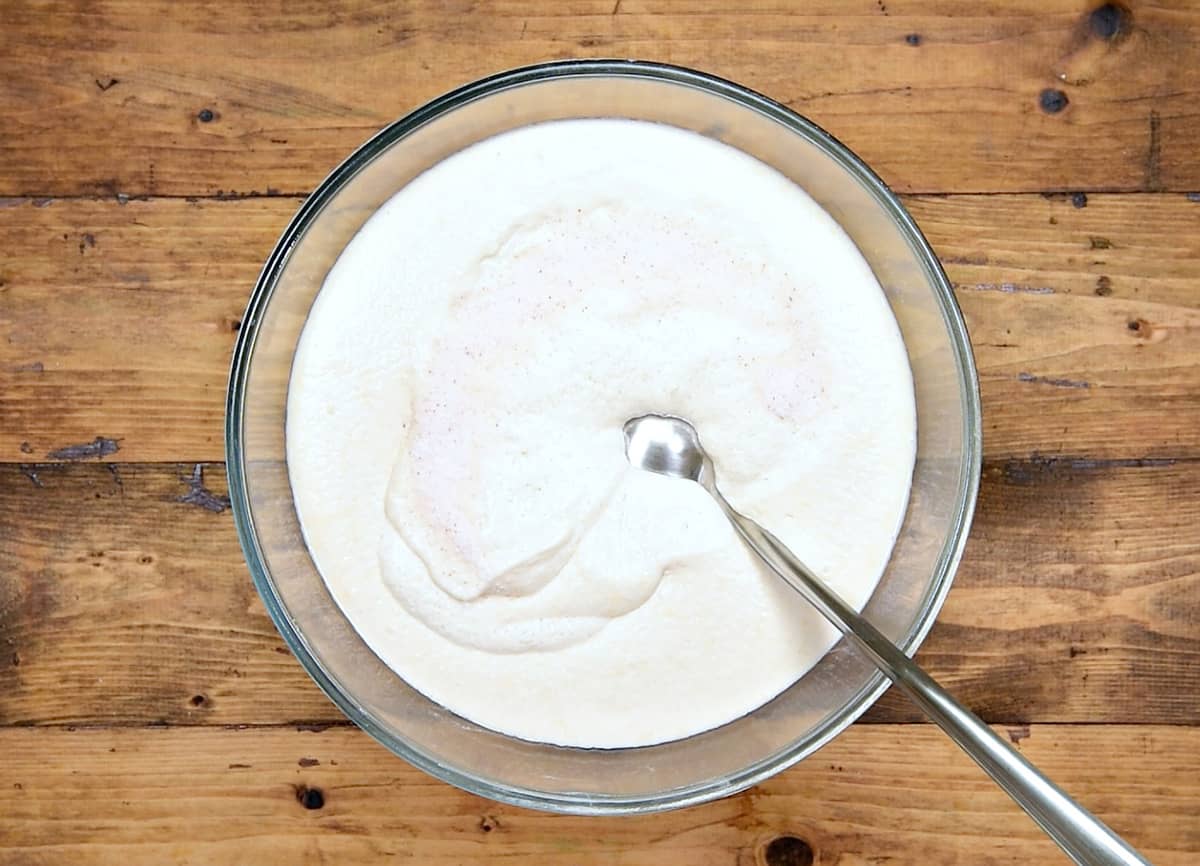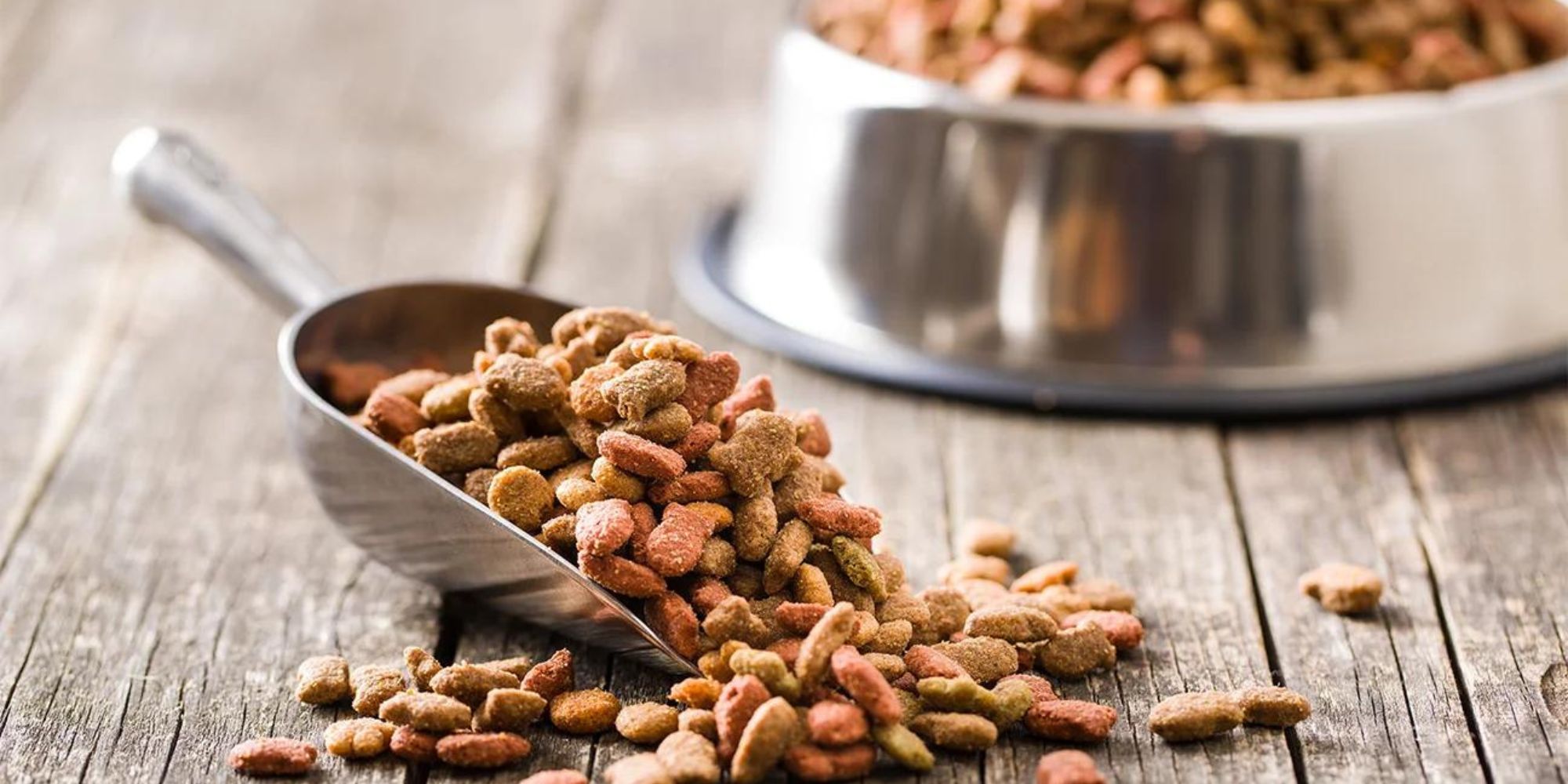Grinding dry corn can be a rewarding and satisfying process that allows you to create your own fresh, flavorful cornmeal. Whether you want to make cornbread, tortillas, or other delicious dishes, grinding your own dry corn can give you a deeper connection to your food and a greater appreciation for the ingredients you use. In this guide, we'll explore the steps involved in grinding dry corn and share some tips to help you achieve the best results.
Choosing the Right Equipment
Before you begin grinding dry corn, it's important to have the right equipment on hand. Here are a few options to consider:
-
Manual Grain Mill: A manual grain mill, also known as a hand-crank mill, allows you to grind corn using your own muscle power. This traditional method can be a great way to connect with the process of milling your own corn.
-
Electric Grain Mill: An electric grain mill offers the convenience of automated grinding, making the process faster and easier. If you plan to grind corn regularly, an electric mill may be a worthwhile investment.
-
Mortar and Pestle: For small batches of corn, a mortar and pestle can be used to grind the kernels into a coarse meal. While this method requires more effort, it can be a simple and effective way to grind small amounts of corn.
Preparing the Corn
Before you can grind dry corn, it's essential to prepare the kernels for the milling process. Here's how to get started:
- Inspect the Corn: Check the dry corn kernels for any debris or foreign objects, and discard any that appear damaged or spoiled.
- Clean the Corn: Rinse the corn kernels under running water to remove any dust or residue. Allow the corn to dry completely before proceeding with the grinding process.
Grinding the Corn
Once you have your equipment and prepared corn kernels, it's time to start grinding. Here's a step-by-step guide to grinding dry corn:
-
Adjust the Mill: If you're using a manual or electric grain mill, follow the manufacturer's instructions to adjust the settings for a coarse grind, which is ideal for making cornmeal.
-
Fill the Hopper: Pour the prepared corn kernels into the hopper of the grain mill, ensuring that it's not overfilled to allow for smooth grinding.
-
Start Grinding: Turn the crank or switch on the electric mill to begin the grinding process. As the corn kernels pass through the mill, they will be crushed into a coarse meal.
-
Repeat if Necessary: Depending on the desired fineness of the cornmeal, you may need to pass the ground corn through the mill multiple times to achieve the desired texture.
Storing the Cornmeal
Once you've ground your dry corn into a fine meal, it's important to store it properly to maintain its freshness and flavor. Here are some tips for storing cornmeal:
- Air-Tight Container: Transfer the freshly ground cornmeal to an airtight container to protect it from moisture and pests.
- Cool, Dark Place: Store the cornmeal in a cool, dark place, such as a pantry or cupboard, to preserve its quality.
- Use It Promptly: For the best flavor and texture, try to use the cornmeal within a few months of grinding it.
Conclusion
Grinding dry corn at home can be a rewarding and enjoyable process that allows you to create your own fresh, flavorful cornmeal. Whether you prefer a manual or electric grain mill, the key is to start with high-quality corn and follow the proper grinding techniques. By taking the time to grind your own dry corn, you can elevate your cooking and baking with the rich, authentic flavor of freshly ground cornmeal. So, why not give it a try and experience the satisfaction of grinding your own dry corn?
